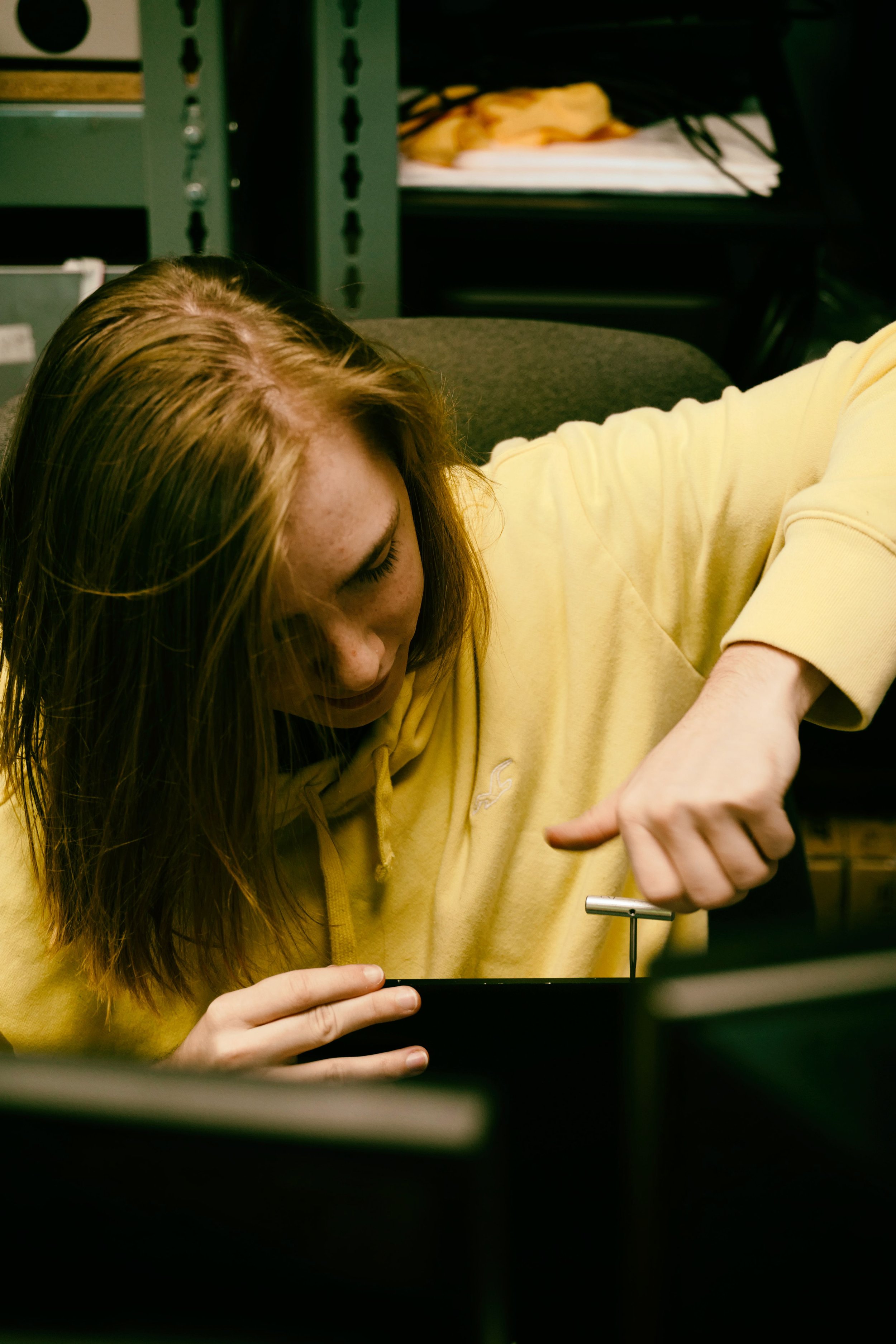The Definitive Guide for Circularly Polarized Luminescence
The Definitive Guide for Circularly Polarized Luminescence
Blog Article
The Single Strategy To Use For Uv/vis
Table of ContentsGetting The Circularly Polarized Luminescence To WorkGetting My Circular Dichroism To WorkRumored Buzz on Uv/visUv/vis Things To Know Before You BuyUv/vis/nir Fundamentals Explained

Spectrophotometry is a tool that hinges on the quantitative analysis of particles depending on how much light is soaked up by colored substances.
4 Easy Facts About Uv/vis/nir Described
A spectrophotometer is typically used for the measurement of transmittance or reflectance of services, transparent or nontransparent solids, such as polished glass, or gases. Lots of biochemicals are colored, as in, they absorb visible light and for that reason can be determined by colorimetric treatments, even colorless biochemicals can typically be transformed to colored substances appropriate for chromogenic color-forming reactions to yield compounds suitable for colorimetric analysis.: 65 However, they can also be created to determine the diffusivity on any of the listed light ranges that generally cover around 2002500 nm utilizing various controls and calibrations.
An example of an experiment in which spectrophotometry is utilized is the decision of the balance constant of an option. A particular chain reaction within a solution may happen in a forward and reverse instructions, where reactants form items and items break down into reactants. Eventually, this chain reaction will reach a point of balance called a stability point.
Not known Details About Circular Dichroism
The amount of light that passes through the solution is a sign of the concentration of specific chemicals that do not enable light to pass through. The absorption of light is due to the interaction of light with the electronic and vibrational modes of molecules. Each kind of particle has a specific set of energy levels related to the makeup of its chemical bonds and nuclei and thus will absorb light of particular wavelengths, or energies, leading to special spectral properties.
They are extensively used in numerous markets consisting of semiconductors, laser and optical manufacturing, printing and forensic evaluation, as well as in labs for the study of chemical substances. Spectrophotometry is typically used in measurements of enzyme activities, determinations of protein concentrations, determinations of enzymatic kinetic constants, and measurements of ligand binding reactions.: 65 Ultimately, a spectrophotometer is able to identify, depending on the control or calibration, what compounds are present in a target and precisely how much through calculations of observed wavelengths.
Developed by Arnold O. Beckman in 1940 [], the spectrophotometer was produced with the aid of his colleagues at his company National Technical Laboratories founded in 1935 which would end up being Beckman Instrument Company and ultimately Beckman Coulter. This would come as an option to the previously developed spectrophotometers which were unable to soak up the ultraviolet correctly.
Getting My Circular Dichroism To Work
It would be found that this did not offer satisfying outcomes, for that reason in Model B, there was a shift from a glass to a quartz prism which allowed for better absorbance outcomes - spectrophotometers (https://www.magcloud.com/user/olisclarity1). From there, Design C was born with a modification to the wavelength resolution which wound up having three units of find out this here it produced
It was produced from 1941 to 1976 where the cost for it in 1941 was US$723 (far-UV devices were an alternative at additional cost). In the words of Nobel chemistry laureate Bruce Merrifield, it was "probably the most important instrument ever established towards the development of bioscience." Once it became discontinued in 1976, Hewlett-Packard produced the very first commercially available diode-array spectrophotometer in 1979 referred to as the HP 8450A. It irradiates the sample with polychromatic light which the sample absorbs depending on its residential or commercial properties. It is sent back by grating the photodiode selection which discovers the wavelength area of the spectrum. Ever since, the production and application of spectrophotometry gadgets has actually increased profoundly and has actually turned into one of the most innovative instruments of our time.

Fascination About Uv/vis/nir
Historically, spectrophotometers use a monochromator including a diffraction grating to produce the analytical spectrum. The grating can either be movable or fixed. If a single detector, such as a photomultiplier tube or photodiode is used, the grating can be scanned step-by-step (scanning spectrophotometer) so that the detector can measure the light intensity at each wavelength (which will represent each "action").
In such systems, the grating is repaired and the strength of each wavelength of light is determined by a various detector in the variety. In addition, most modern-day mid-infrared spectrophotometers utilize a Fourier change strategy to obtain the spectral details - https://calendly.com/olisclarity1/30min. This technique is called Fourier change infrared spectroscopy. When making transmission measurements, the spectrophotometer quantitatively compares the fraction of light that passes through a referral option and a test option, then digitally compares the intensities of the 2 signals and computes the portion of transmission of the sample compared to the recommendation requirement.

Report this page